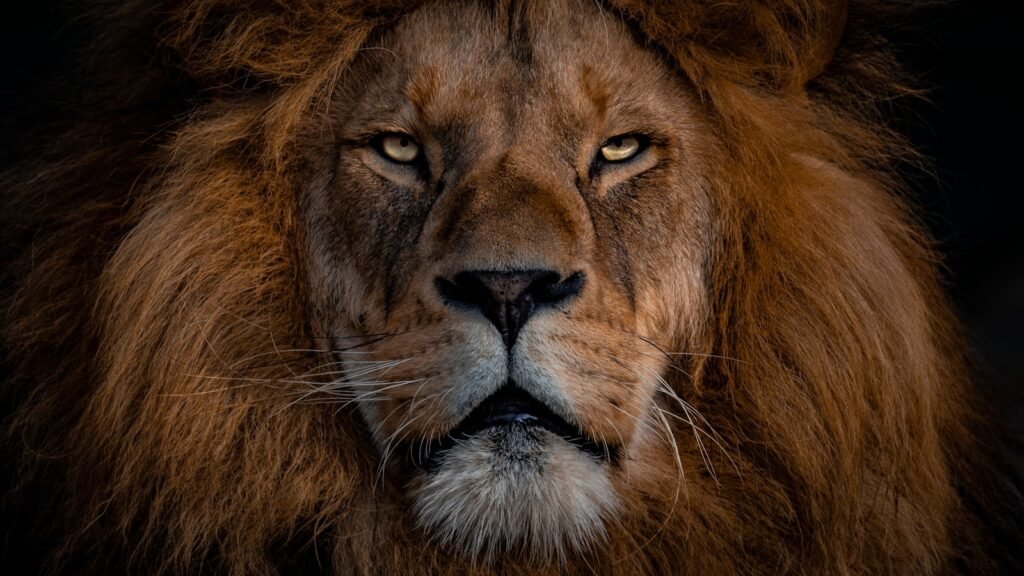Across the open grasslands, a lion’s roar rolls like thunder over dry earth – ancient, electrifying, and still full of unanswered questions. Scientists are not just watching lions; they’re decoding a living system that blends family drama with evolutionary engineering. The mystery is how these big cats balance cooperation and conflict to rule vast territories under growing pressure from heat, drought, and people. The solution, it turns out, is written in their genes, their voices, and their social rules, and modern tools are finally translating it. What follows is a closer look at the evidence behind the legend – and what it tells us about the future of the species.
The Hidden Clues
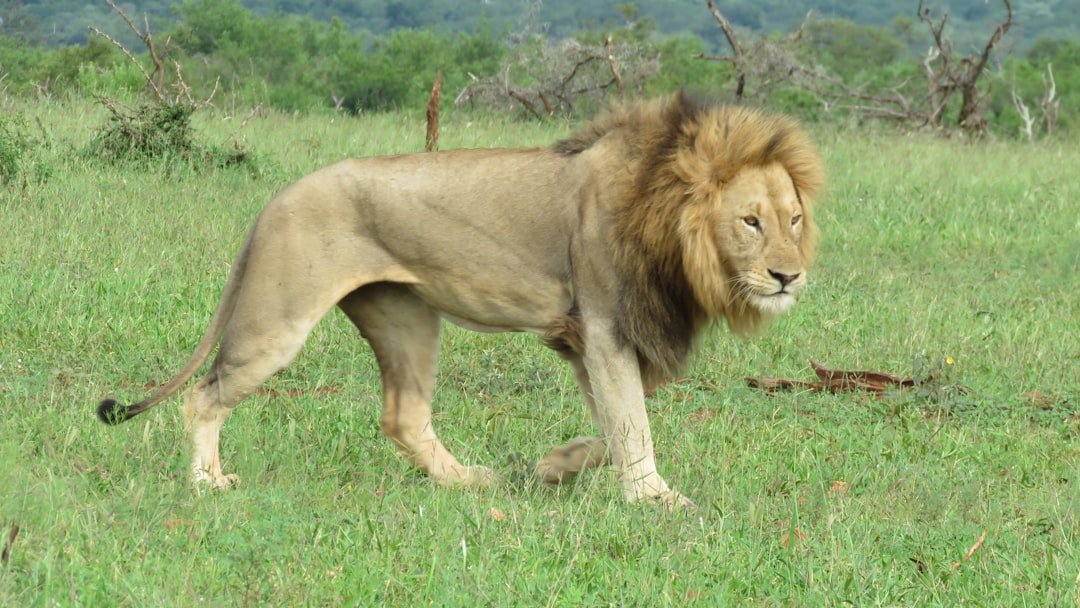
Look closely and a lion tells you more than you think: mane length, color, and condition act like a billboard for age, health, and heat load. Darker manes are often linked to better physical condition and social status, but they also absorb more heat, pushing males to navigate a trade-off between attractiveness and thermoregulation. Females read these visual cues fast; in the split-second politics of the savanna, small advantages decide who keeps territory or wins a mating opportunity. Add to that the whisker spots and facial patterns that act like fingerprints, and you have a field scientist’s dream – consistent markers for identifying individuals over time.
Even paw prints carry clues, with track width and stride telling stories about size, gait, and stress. I remember crouching by a dusty track in northern Tanzania, realizing how a single pad mark could sketch a life lived at the edge of energy and heat.
From Ancient Tools to Modern Science

Lions were once counted by lantern light and guesswork; now, GPS collars, camera traps, and bioacoustics provide minute-by-minute reality. Collars map daily routes, revealing that lions often hug drainage lines and shade patches to manage heat, and shift activity deeper into the night on hotter days. Camera traps confirm who’s in a pride and who drifts along the margins, catching subtle changes in cub survival after droughts or disease outbreaks. Researchers are also using environmental DNA in waterholes to detect lion presence without a single sighting, a quiet revolution in low-impact monitoring.
Put together, these tools turn snapshots into time-lapse films, exposing the rhythms and risks that shape a pride’s year. The result is tougher questions – and sharper answers – about when and where lions can still thrive.
Social Architects of the Savanna
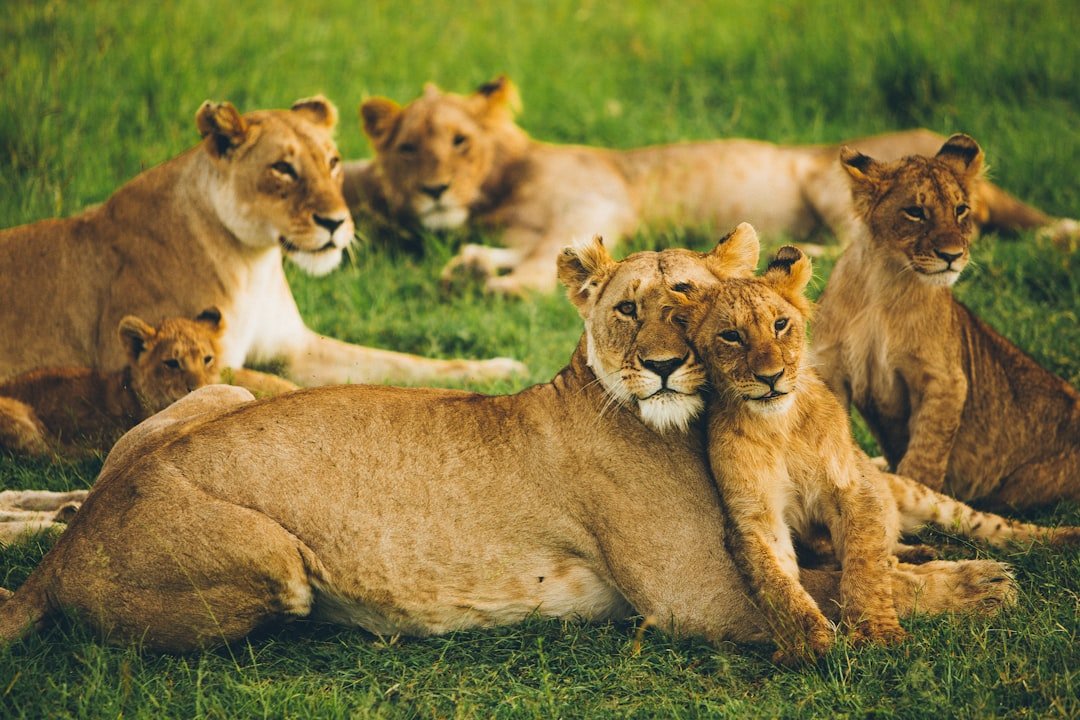
Lions are the only truly social wild cats, and that changes everything about how they eat, fight, and raise young. Related females form the stable heart of a pride, while males come and go in coalitions that can overthrow rivals and reset the family tree. Cubs face a brutal lottery when new males take over; infanticide is grim biology, but it accelerates breeding and consolidates power for the victors. Inside this storm, cooperation among females is the anchor, with communal nursing and coordinated defense boosting cub survival when times are tough.
Researchers have shown that stable female groups can buffer drought shocks better than loosely connected ones, a social safety net built by evolution. It’s hard, it’s strategic, and it works – until the landscape itself starts to unravel.
Night Tactics and Teamwork
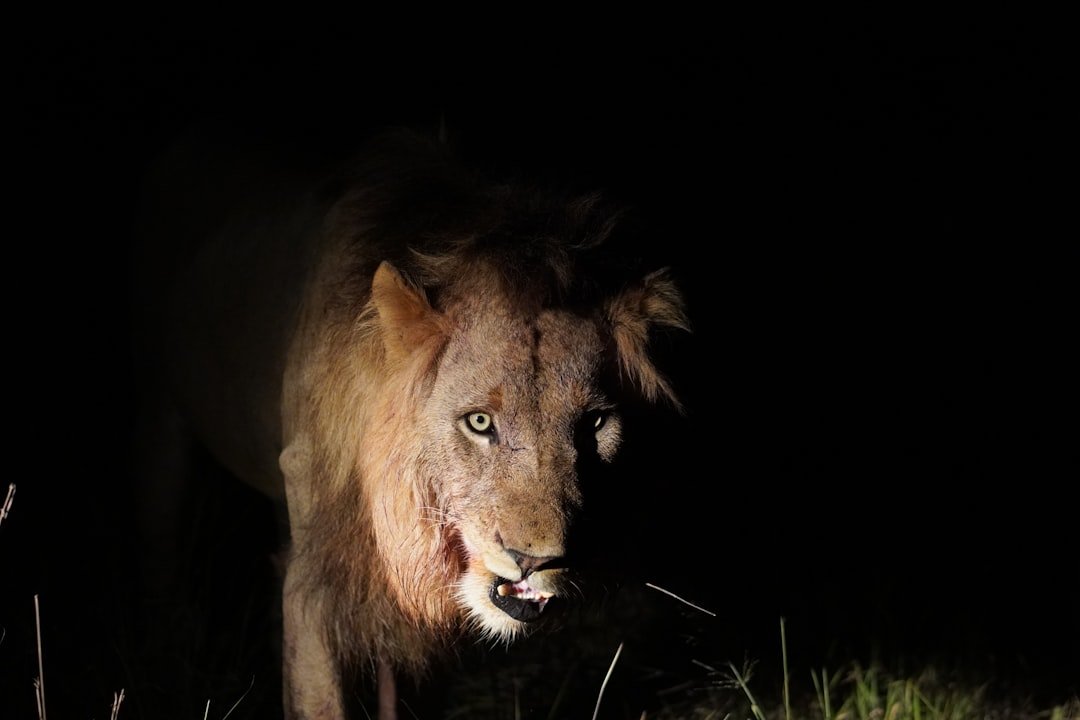
Most lion hunts unfold in the dark, and for good reason: cooler air reduces heat stress and lowers the odds of being seen. On moonless nights, lions take advantage of thinner visibility, coordinating flanks and ambushes that give them a crucial edge over wary antelope or buffalo. Females lead the process like seasoned field commanders, reading wind and terrain, while males often hold territory and step in against larger prey or rival carnivores.
Teamwork raises success rates compared with solo attempts, especially when the target is fast or dangerous, and it spreads the energy costs across the group. Yet lions are also opportunists and will scavenge when it counts, a pragmatic choice in ecosystems where every calorie matters. The take-home: cooperation is a tool they dial up or down depending on heat, moonlight, and the day’s hunger debt.
Global Perspectives
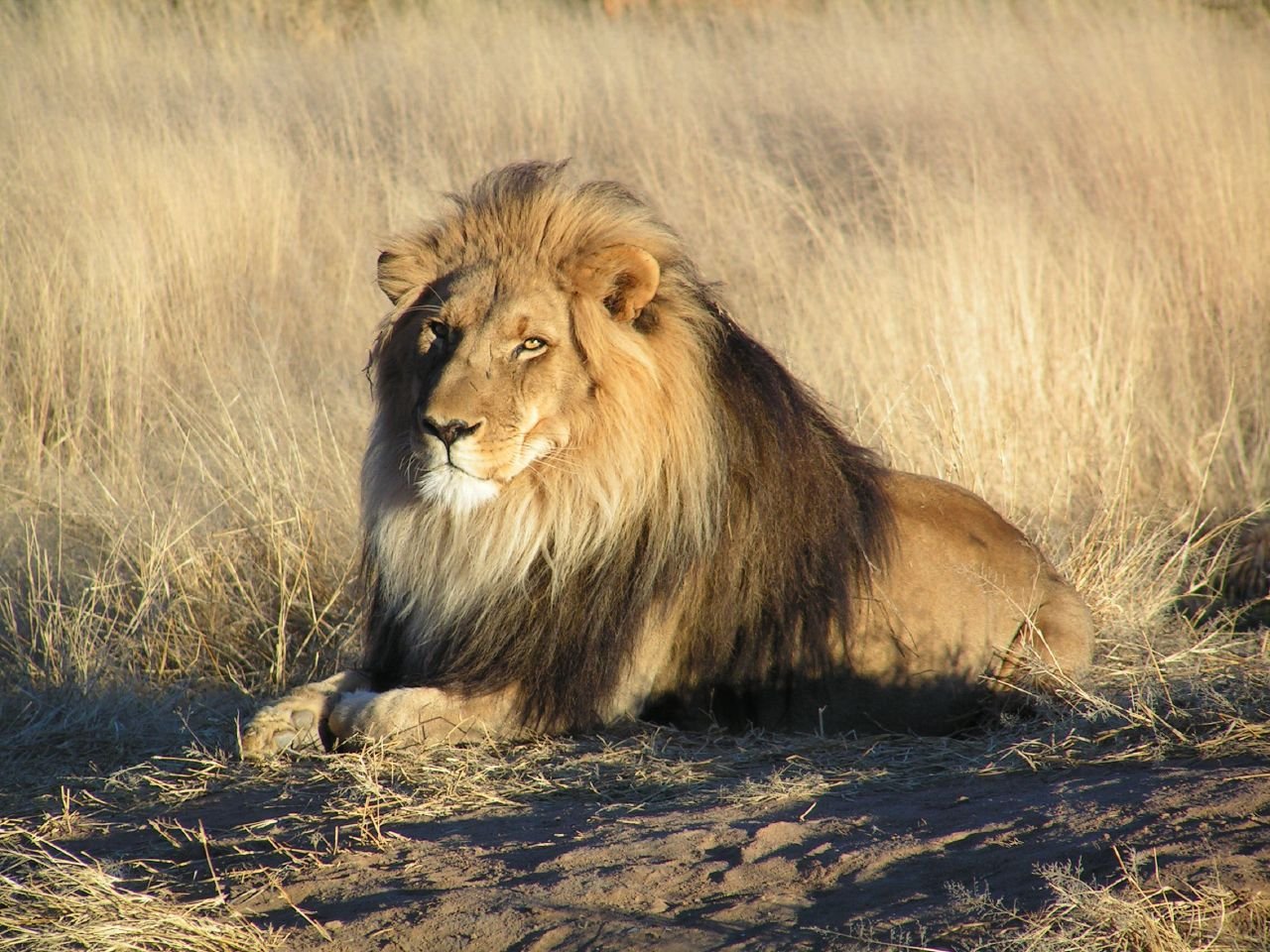
The global picture is sobering but not hopeless: lions now occupy roughly 6% of their historic African range, with strongholds in parts of East and Southern Africa and thin threads elsewhere. The Asiatic lion hangs on in India’s Gir Forest and surrounding landscapes, around 674 animals (as of recent census) pulled back from the edge by decades of protection. Local behaviors vary dramatically; in Uganda’s Ishasha sector and parts of Tanzania, some lions climb fig and acacia trees – likely to catch breezes or avoid biting insects. Human-lion conflict remains a daily reality near rangelands, where night-time corralling and better livestock enclosures have reduced losses in places that invest in them.
Disease adds another layer, with canine distemper and bovine tuberculosis periodically flaring where wildlife and livestock mix. In short, geography writes different chapters of the same story, and policy decides how those chapters end.
Why It Matters

Lions are more than icons; they’re ecological engineers that shape prey behavior and keep herbivore numbers and movements in check. When apex predators disappear, grasslands can shift, waterways change, and the whole web tilts toward overgrazing and erosion – a classic trophic cascade. Economically, lions are a cornerstone for nature-based tourism, which sustains jobs, funds parks, and links local well-being to healthy ecosystems when managed equitably. Scientifically, they’re a model for studying cooperation, conflict, and resilience under climate stress, lessons that apply far beyond big cats.
Compare that with earlier eras when researchers focused mainly on counting animals; today, the emphasis is on function – how lions interact with landscapes, livestock, and people, and how those links can be steered. That shift in focus is why the data coming in now changes policy conversations, not just field guide entries.
The Sound That Draws Borders

A lion’s roar is not just theater; it’s a long-distance message that can carry roughly about five miles under the right conditions. Low-frequency notes travel farther, threading through grass and scrub to tell neighbors who’s home and how many are listening. Acoustic analyses show individuals carry signatures in their roars, something like a vocal fingerprint, which helps pride mates recognize each other and strangers keep their distance. In contested zones, roaring bouts act like negotiations at scale, sometimes preventing violent encounters that cost energy and risk injury.
Researchers are even testing passive acoustic networks to map lion presence across vast areas without the cost of endless patrols. Sound, in other words, is a currency lions spend carefully, and science is learning how to read the ledger.
The Future Landscape

The next decade will hinge on two forces: climate and connectivity. Hotter, drier spells are pushing lions to shift activity deeper into night, which can alter hunting success and spark more encounters near villages at dawn and dusk. Corridors that link protected areas are becoming lifelines, letting young males disperse and gene flow stitch small populations into something stronger. On the tech front, lighter satellite collars, AI-enabled image recognition, and real-time alert systems for herders promise earlier warnings and fewer losses.
There’s also momentum around community conservancies that share tourism revenue, aligning local incentives with lion survival rather than against it. The challenge is scale – turning pilot successes into national strategies before heat, fences, and roads close the window.
Conclusion

Support organizations that back community-led conservation and fund coexistence tools like sturdy night bomas, early-warning lights, and rapid response teams. If you travel, choose operators that pay fair fees to conservancies and avoid off-road driving in sensitive areas, especially at night when lions hunt. Reduce the demand for bushmeat by supporting alternative livelihoods and food security programs that give people real options.
Encourage your local zoos and museums to feature evidence-based lion programs that connect visitors with field projects, not just exhibits. And if you care about policy, speak up for wildlife corridors and land-use plans that keep migration routes open – maps that work for lions tend to work for people, too.

Suhail Ahmed is a passionate digital professional and nature enthusiast with over 8 years of experience in content strategy, SEO, web development, and digital operations. Alongside his freelance journey, Suhail actively contributes to nature and wildlife platforms like Discover Wildlife, where he channels his curiosity for the planet into engaging, educational storytelling.
With a strong background in managing digital ecosystems — from ecommerce stores and WordPress websites to social media and automation — Suhail merges technical precision with creative insight. His content reflects a rare balance: SEO-friendly yet deeply human, data-informed yet emotionally resonant.
Driven by a love for discovery and storytelling, Suhail believes in using digital platforms to amplify causes that matter — especially those protecting Earth’s biodiversity and inspiring sustainable living. Whether he’s managing online projects or crafting wildlife content, his goal remains the same: to inform, inspire, and leave a positive digital footprint.

